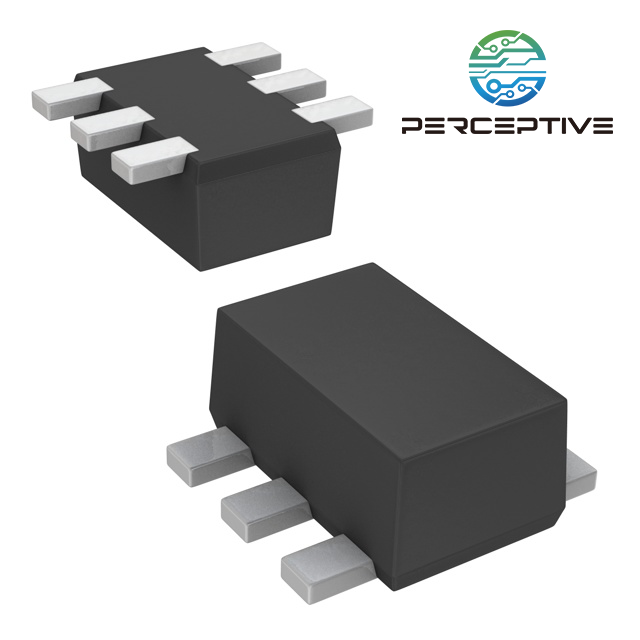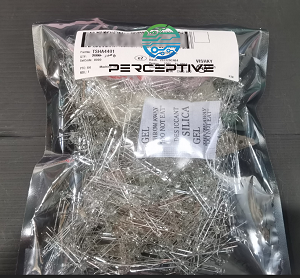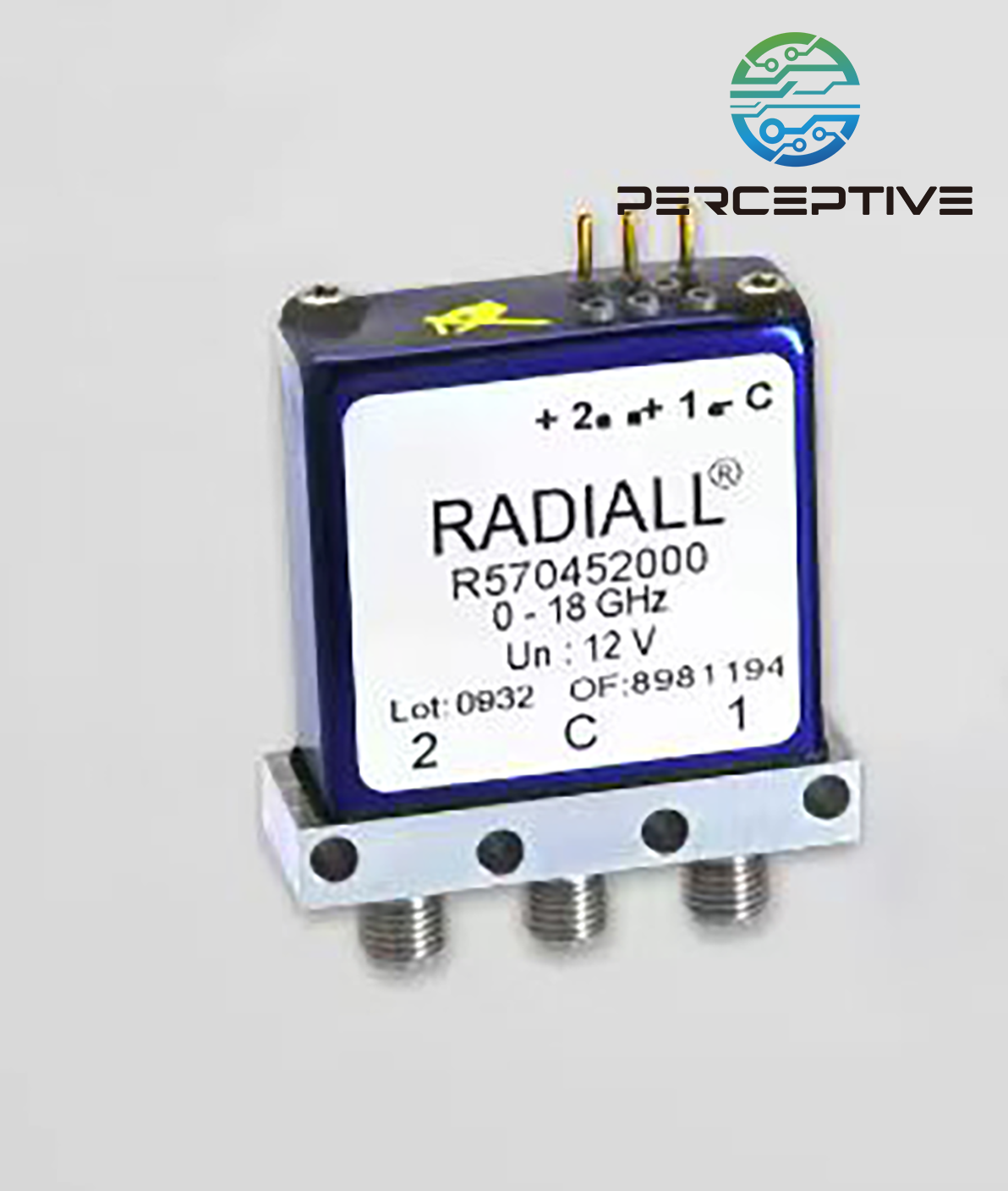Counterfeit products always pose a potential threat to the safety and reliability of electronic equipment when components are out of stock or discontinued. The risk of product counterfeiting cannot be completely eliminated through additional testing, nor can third-party testing processes guarantee quality.
However, the risk of counterfeit components can be effectively avoided by following basic sourcing principles. Genuine Authorized Partners provide continuous supply support in the event of component out-of-stocks and production stoppages. Choosing a Genuine Authorized Partner is the first line of defense against counterfeit products.
Counterfeit products include:
Failed or end-of-life products that are polished and reprinted for re-sale.
Counterfeiters purchase substandard products, reprint the code, and sell them as genuine at a markup.
Recycled or refurbished components are re-sold as new products
Component testing and traceability documentation is falsified to hide the true specifications or history of the component
Where do counterfeits come from?
There is a stark contrast between the production of genuine and counterfeit products. Semiconductor companies spend billions of dollars each year to develop, produce, test and maintain products that are guaranteed to be of high quality and reliability. Commonly, counterfeit products are made by recycling electronic scrap and extracting components in a crude process, which results in much higher failure rates than genuine products. Counterfeit products can fail immediately after electrical testing or first use, or days, months or years after being put into practical use.
The threat of counterfeits is pervasive, even in markets with excess supply. The semiconductor supply chain crisis affects customers in every market segment, giving rise to high-risk sourcing practices. Counterfeiters foresee opportunities to exploit and try to disrupt the market.
The true volume of counterfeit products is unknown. Despite the existence of search tools such as the Government Industry Data Exchange Program (GIDEP), customers inevitably buy counterfeit products. The safest thing for customers to do to protect themselves is to assume that all unauthorized channels are selling counterfeit products. All counterfeit products pose a risk to customers.
The consequences of counterfeit products entering the supply chain include:
Lower yields and increased rework.
Increased product failure rates and reduced reliability.
Increased catastrophic system failures and consequent financial risk.
Potential risk of reputational damage.
So how do we protect against these risks? Measures to avoid buying counterfeit products include:
Purchasing products only from component manufacturers or their authorized distributors and licensed manufacturers
Purchasing from suppliers that offer complete assurance of performance, quality and reliability
Ensure that suppliers comply with the disposal and storage requirements of the AS6496 industry standard certification and that the final product sold meets the relevant quality certifications.
Work with authorized after-market manufacturers
Choose to test using the component manufacturer's test program
Perceptive is reliable, which is working on the ISO/AS/ECLALECQC certification Comply with the strict regulation of the product control. We only source from the authorized agency, distributor or original manufacturer. We can easily track the goods from original factory to verify, with the originate track bill of agency to ensure our goods are 100% originate and new.
————————
About Perceptive Components Limited
We are one of the world's leading distributors of semiconductor and electronic components. With 21 years of business experience in the electronic components industry, we have in-depth cooperative relations with thousands of brand manufacturers and agents, focusing on TI, Microchip, NXP, Infineon, Intel, onsemi, ST, Micron.
To learn more about Perceptive, visit perceptive-ic.com. 



























